In the 21st century, the changing architectural face of Japan’s capital dovetailed with a record-breaking number of foreign visitors and residents in the country at large. Amid the influx of travelers and expats, many of Tokyo’s best-known landmarks sprang up. The start of the new Japanese emperor’s reign, the end of the current decade and the approach of the Tokyo 2020 Olympic and Paralympic Games all serve as a reminder of how the city has developed over the last 20 years.
The 2000s
Celluloid skyline
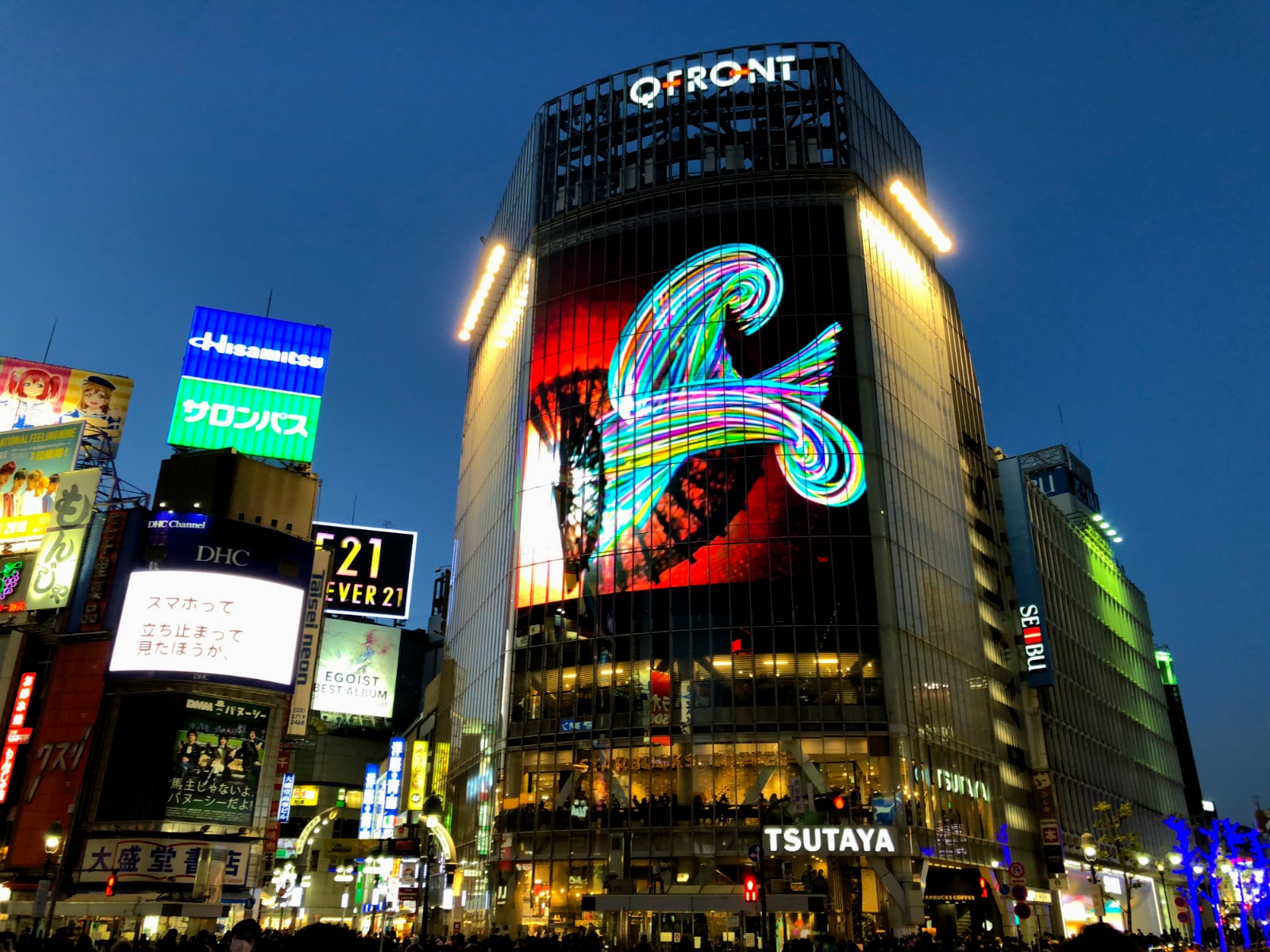
Often seen as an emblem of Tokyo in modern Hollywood movies, Shibuya’s bustling scramble intersection boasted a different topography before the turn of the millennium. With its two-story Starbucks and giant video screen, the Q-Front building has become a favorite photo backdrop and a popular meeting place, similar to the famous nearby statue of Hachiko, the devoted dog with a JR Shibuya station exit named after him. When the city rang in the year 2000, however, Q-Front was only two weeks old — having staged its grand opening on Dec 17, 1999.
The concourse of Shibuya station saw a towering new offshoot in April 2000 when Shibuya Mark City opened. Home to a hotel, shops and restaurants, this facility also provided outbound visitors with highway bus access to other parts of Japan. The Shibuya station area would continue to undergo greater changes in the 2010s, while neighboring Shinjuku opened Basuta, its own Expressway Bus Terminal, midway through that decade.
City scene
For its part, the Shinjuku skyline had already begun to alter as far back as September 2000 when the NTT Docomo Yoyogi Building opened. With a tapered design that resembles the Empire State Building, this clock tower would become a familiar background sight along Shinjuku Southern Terrace, the promenade leading away from the South Exit of Shinjuku station. Pedestrians crossing the bridge to Takashimiya Times Square would see it looming behind the south building where Books Kinokuniya Tokyo — the store with the city’s largest selection of English books — is located.
In 2001, Tokyo Disney Resort opened its second theme park, Tokyo DisneySea. Whereas Tokyo Disneyland had cloned existing rides and lands from stateside castle parks, DisneySea had more of an original layout. Its central volcano landmark and sea-themed ports make it a unique draw for theme park adventurers from around the world — and this particular park serves alcohol, which is something you won’t find at the more kid-friendly Tokyo Disneyland.
The Marunouchi Building opened opposite Tokyo station in 2002. Its cousin, the Shin Marunouchi Building, would open half a decade later with the restaurants in both buildings intercepting Imperial Palace visitors and the lights display along Naka Dori (the street behind them) becoming an annual draw for winter illumination viewers.
Brand-name buildings

Beginning with the Louis Vuitton store in 2002, the shopping boulevard of Omotesando would also come to be redefined as a place with “brand-name stores by brand-name architects,” as The New York Times once labeled it. Fashion boutiques like Tod’s and Dior and designer malls like Omotesando Hills and Gyre would all spring up in the 2000s, luring shoppers and almost as many budding architecture photographers.
In 2003, Tokyo’s sixth tallest building, the 54-story Roppongi Hills Mori Tower, threw open its doors, welcoming art lovers and observation deck seekers to the Mori Art Museum and Tokyo City View lookout. Famed building tycoon Minoru Mori erected this skyscraper, along with Atago Green Hills (2001), Holland Hills (2005), the aforementioned Omotesando Hills (2006), Ark Hills Sengokuyama Tower (2012) and Toranamon Hills (2014, now the tallest building in Tokyo). Mori Tower was part of the new Roppongi Hills complex, a “city within the city” that would serve as an important venue for the Tokyo International Film Festival and other red-carpet events with global stars.
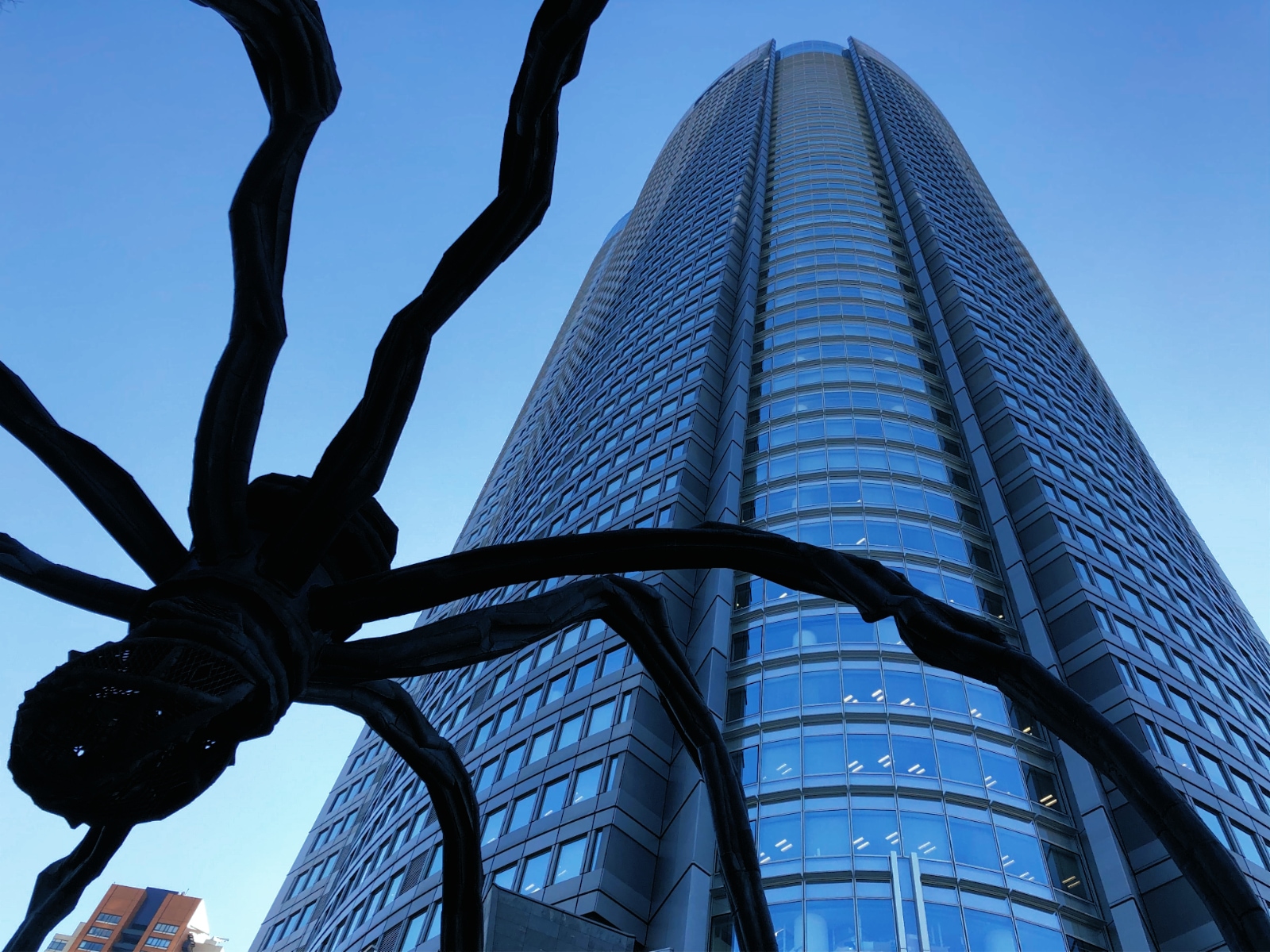
Art attack
In 2007, the addition of the National Art Center and Tokyo Midtown (where the Suntory Museum of Art relocated) helped reshape the notorious nightspot of Roppongi into an “Art Triangle” by day — even as drink spiking incidents in the late 2000s caused the U.S. and other embassies to issue warnings against bars and clubs in the area.
With a look borne out of an architectural design competition, the eye-catching Mode Gakuen Cocoon Tower transformed the view on the west side of Shinjuku station in 2008. Inside the station — on the JR Yamanote Line platform — the tension brought by Western influences on modern Japan could be felt when police and protesters gathered to prevent an infamous Halloween party train from happening in 2009.
The 2010s
Revelry, disaster and recovery
As it turned out, the party train was only a hint of Halloweens to come, as the costumed revelers who boarded it each year soon spilled out of the station into even bigger street parties. From 2011 onward, Shibuya’s unofficial party grew in size, clogging the capital’s busiest intersection with herds of costumed Halloween celebrants as “DJ police” affected crowd control.
The DJ cop phenomenon is something that originated during the 2014 FIFA World Cup. While not as raucous, that event and New Year’s Eve spawned similar street parties in Shibuya, turning the scramble crossing into an overcrowded analog of the Times Square Ball drop in Manhattan.
It wasn’t all fun and games in Japan’s capital in the early 2010s. After the 2011 Tohoku earthquake and Fukushima Daiichi nuclear disaster, Tokyo’s skyline went dark and the fountains in places like Shinjuku Central Park ran dry in an effort to conserve electricity. The earthquake bent the tip of Tokyo Tower’s antenna, grinding trains to a halt and causing people to make panicked runs on the store for emergency supplies.
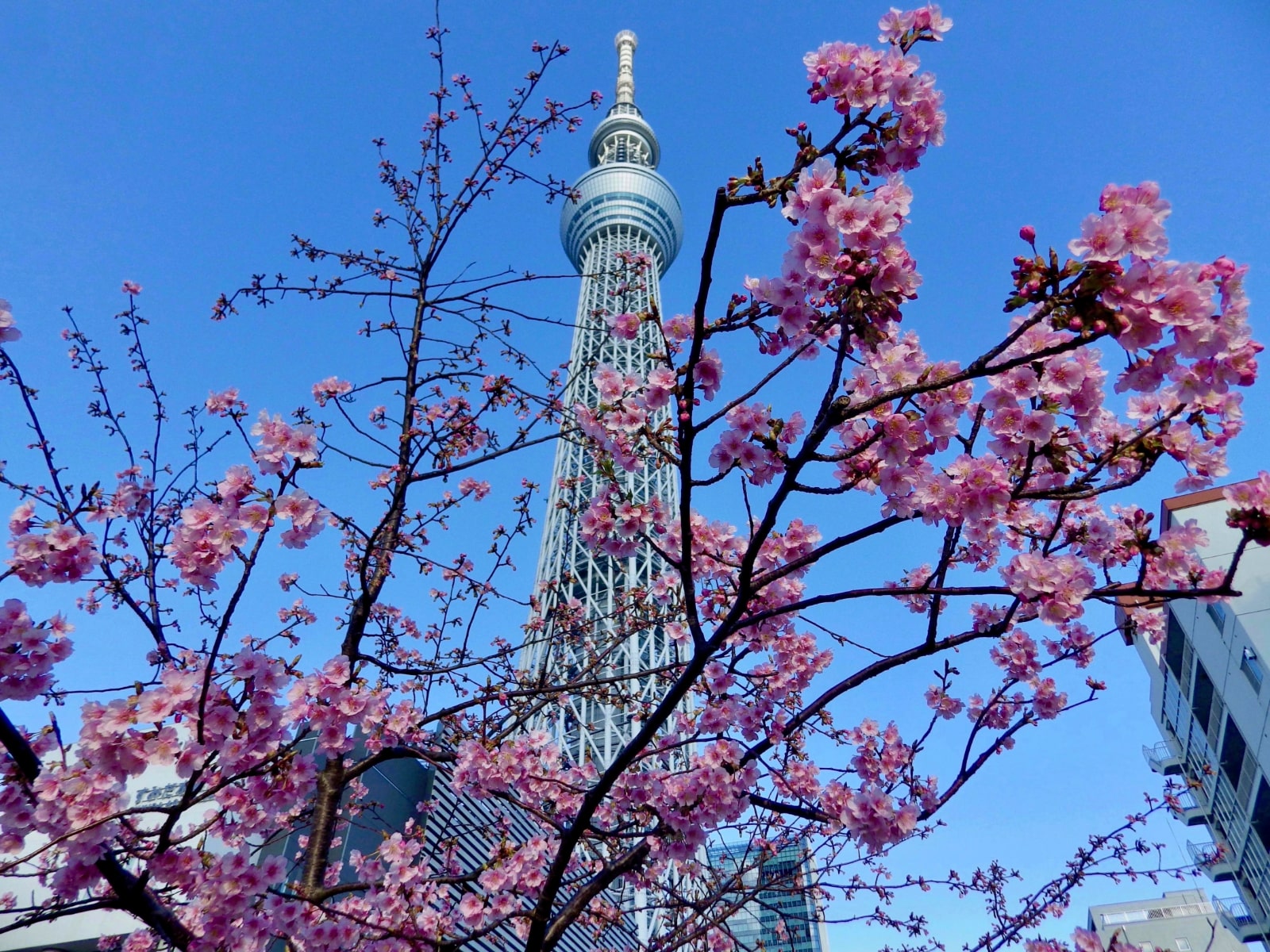
2012 was the year Tokyo became a candidate city for the 2020 Summer Olympics. It was also the year Tokyo Skytree opened, becoming the world’s tallest tower, its second tallest freestanding structure and a new abiding symbol of the metropolis. In July of that year, the Robot Restaurant lit up its neon, bringing a 10-billion-yen blast of CNN-friendly tourist kitsch to the red-light district of Kabukicho in East Shinjuku.
The iconic brick front of Tokyo Station emerged from a five-year renovation project in October 2012, with its north and south dome rounded back off to match the original design they had before they were destroyed by a World War II firebombing in 1945. Even after the scaffolding came down, there was still ongoing construction work out in front of the station’s dome side. That continued as the station celebrated its 100th anniversary in 2014 until it finally unveiled a new pedestrian plaza in 2017, allowing for a more beautified walkway to the Imperial Palace.
Monster hunter
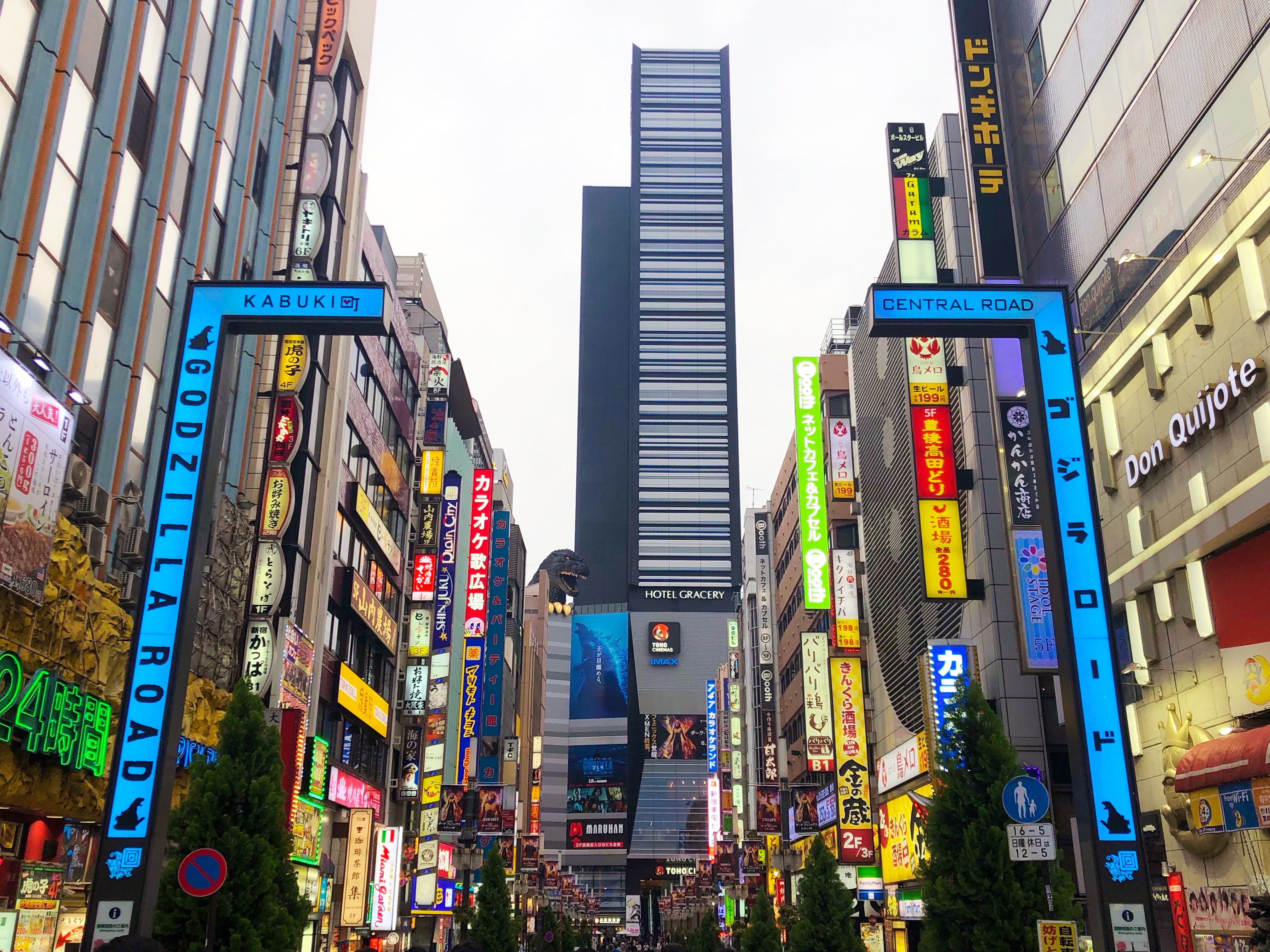
Not one, but two different life-size Gundam statues have stood sentry outside the DiverCity Tokyo Plaza mall since it first opened on the man-made island of Odaiba in Tokyo Bay in 2012. The gentrification of Kabukicho, meanwhile, would continue with the completion of the Shinjuku Toho Building in 2015. Adorned with an equally life-size Godzilla head, this building — which houses a hotel and multiplex — formed the new visual centerpiece of Kabukicho Central Road.
Godzilla was even named an honorary resident of Shinjuku Ward, but Kabukicho wouldn’t be the only place in Tokyo where he was sighted this decade. In the mid-2010s, the dormant King of Monsters experienced a cinematic resurgence, as a new Hollywood blockbuster hit theaters in 2014. This was followed by a new homegrown Japanese film by the original production company, Toho, in 2016. These movies — and subsequent others — led to a number of temporary Godzilla installations around town, but one other permanent addition was the new Shin Godzilla statue in front of Tokyo Midtown Hibiya, which debuted in March 2018.
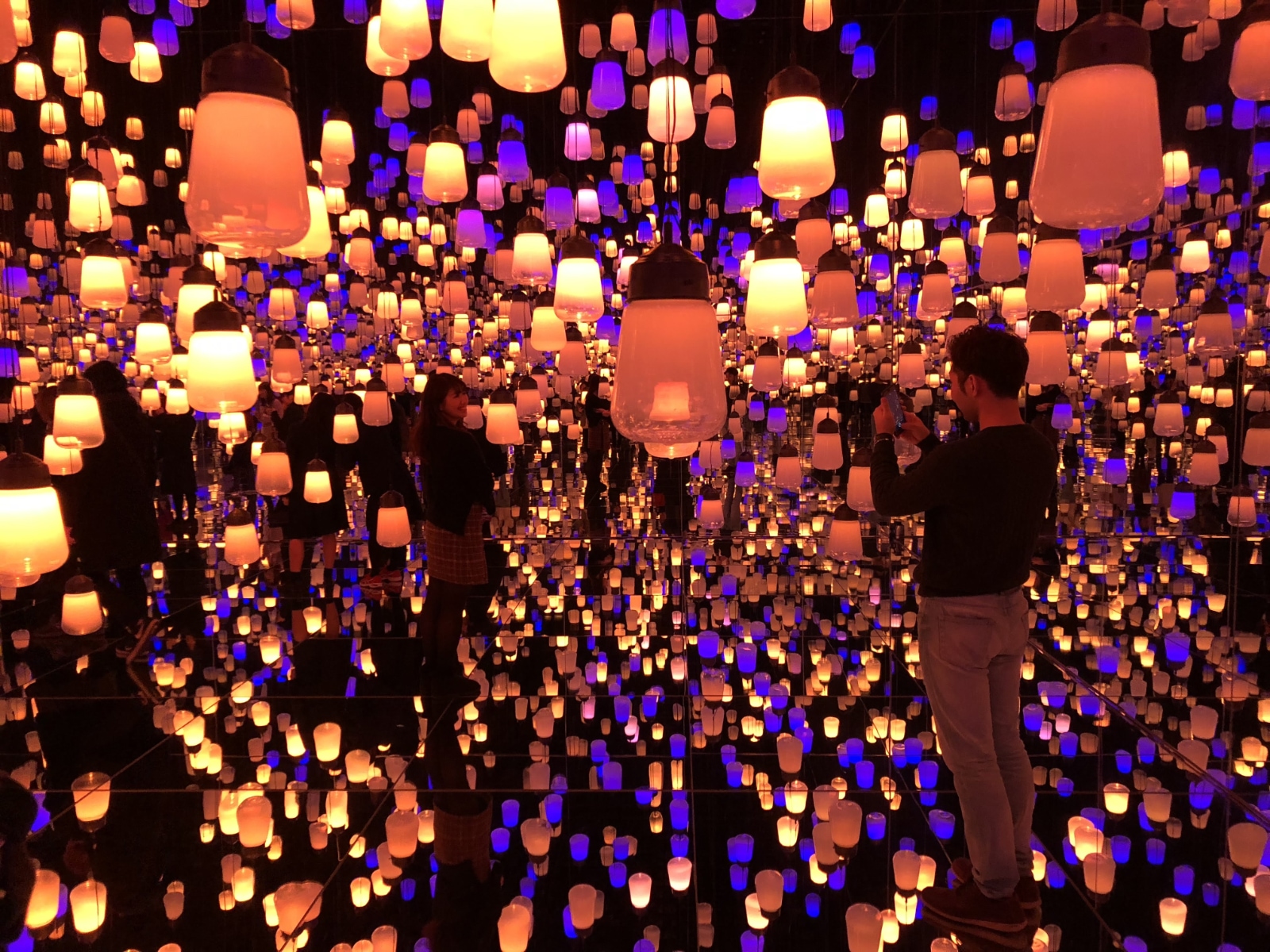
June 2018 saw art go digital, as the TeamLab collective sought to revolutionize the museum experience with its new permanent Borderless exhibition in Odaiba. TeamLab’s long-term Planets exhibition in Toyosu will conclude next year after the Olympics. Around the same time, Harajuku Station’s historic wooden facade will be demolished, rendering the sight of the city’s oldest wooden station building a thing of the past.
Preparation for the long-awaited Summer Games also informed the slippery timeline of the world-famous Tsukiji Fish Market’s relocation to Toyosu. Taking the ever-popular tuna auctions with it (Time magazine once listed them as the No. 1 thing to see in Tokyo), the new fish market finally opened in Toyosu in October 2018.
The ever-busy Shibuya Station area ramped up its redevelopment in the 2010s, erecting three new towers: Shibuya Hikarie in 2012, Shibuya Stream in 2018 and Shibuya Scramble Square in 2019. The latter of these has an open-air observation deck on its roof, with a view of the new National Stadium, which announced its official completion in November 2019.
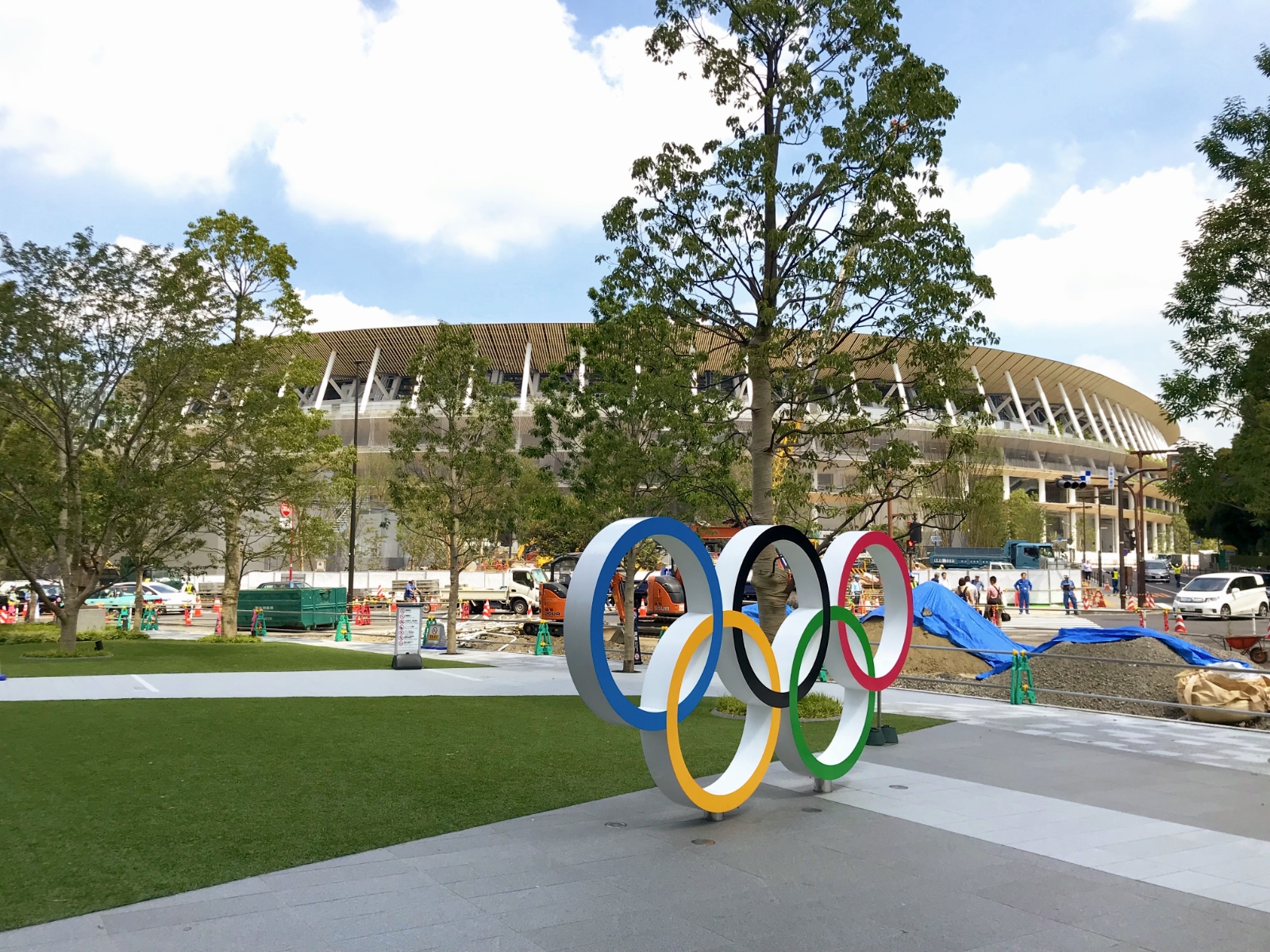
The National Stadium will serve as the main Olympic venue and on Jan 1, 2020, it will host its first sporting event, the Emperor’s Cup soccer final. When it does, it will be in a greatly evolved Tokyo where printed English has become much more common, showing up everywhere from the onigiri (rice ball) shelf in 7-Eleven to the exhibits on display in the Edo-Tokyo Museum.
Japan’s ever-changing capital stands on the cusp of a new decade with a growing contingent of foreigners bolstering its population.
Whether you call it your home or just a place to visit, Tokyo is the kind of mega-city where old businesses get switched out for new ones seemingly overnight and there’s always some sort of construction going on somewhere.
In 2020, the eyes of the world will be on it, but for anyone who’s ever passed by the Shinjuku Eye — that shimmering piece of glass art outside the world’s busiest train station — looking back on the vivid impressions of the past is just as meaningful as looking forward to the promise of the Olympics and beyond.
© Japan Today Take our user survey and make your voice heard.
Take our user survey and make your voice heard.















No Comment
Login to comment